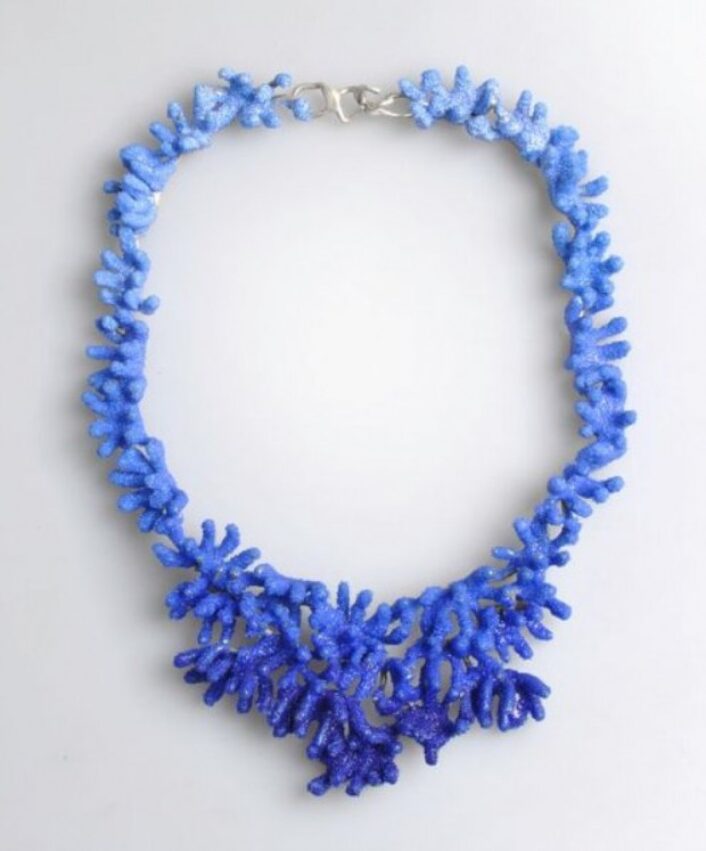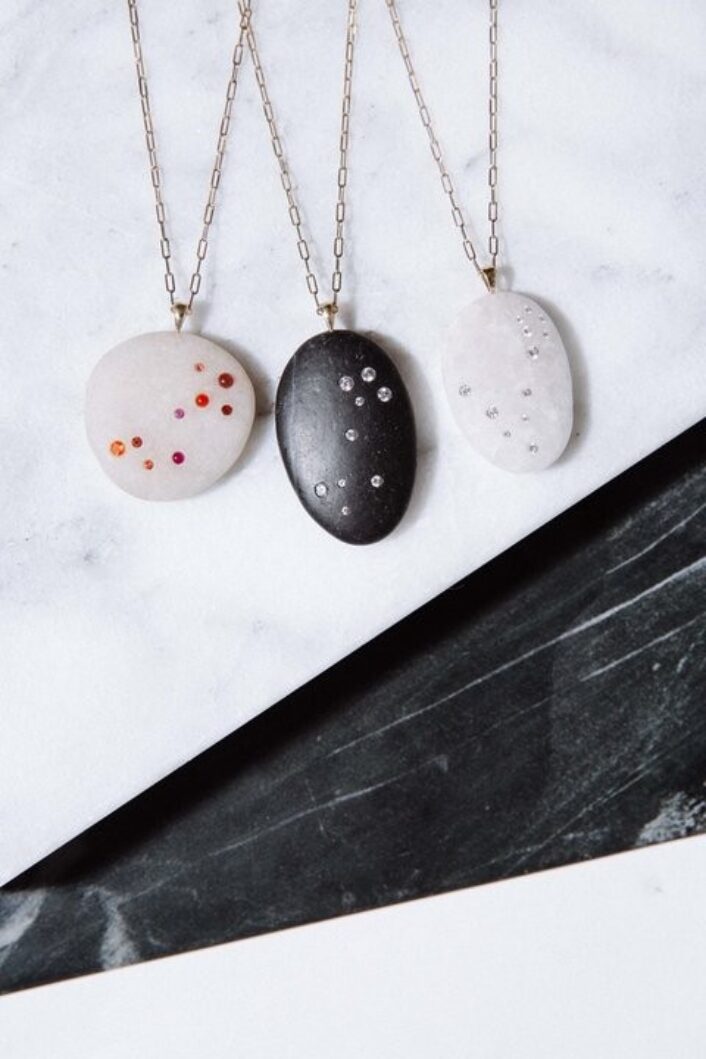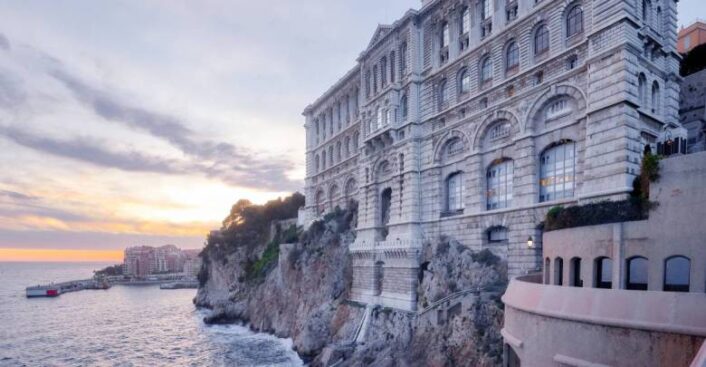Fine Art
Beatriz Chachamovits
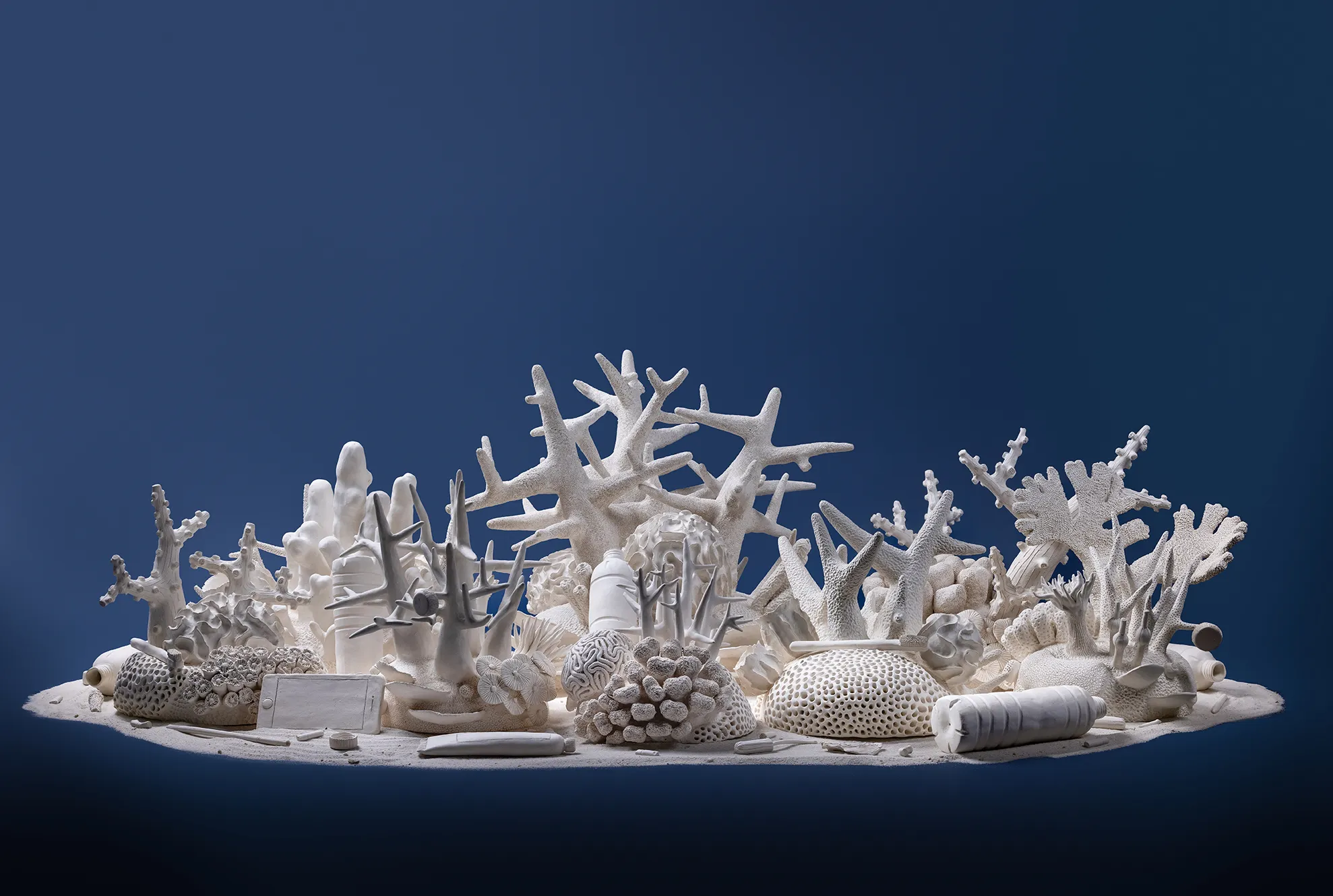
“Carcass,” 2020.
Image courtesy of: Vogue, photographed by: Pedro Wazzan
Beatriz Chachamovits’ work is literally, a lesson in marine biology. Through her work, the Brazilian environmental artist and marine researcher hopes that she can impart her knowledge and enthusiasm to a younger generation that will take that information and use it as they become stewards of the ocean.
Growing up in inland São Paulo, a trip to the northeastern part of Brazil in her late teenage years was Chachamovits’ first encounter with coral. She explains (courtesy of an article by Salome Gomez-Upegui for Vogue), “I remember I dove into a tiny underwater cave where the light came in beautifully, making corals of all colors and sizes shimmer. There were small schools of fish and miniature shrimps gathering sea dust. Within the glittering sand, there was a magnificent spotted ray and all sorts of creatures swaying from side to side. I had never witnessed such harmony and precision. At that moment, I realized that was my purpose. I thought, Why isn’t anyone talking about this? I felt transformed.”
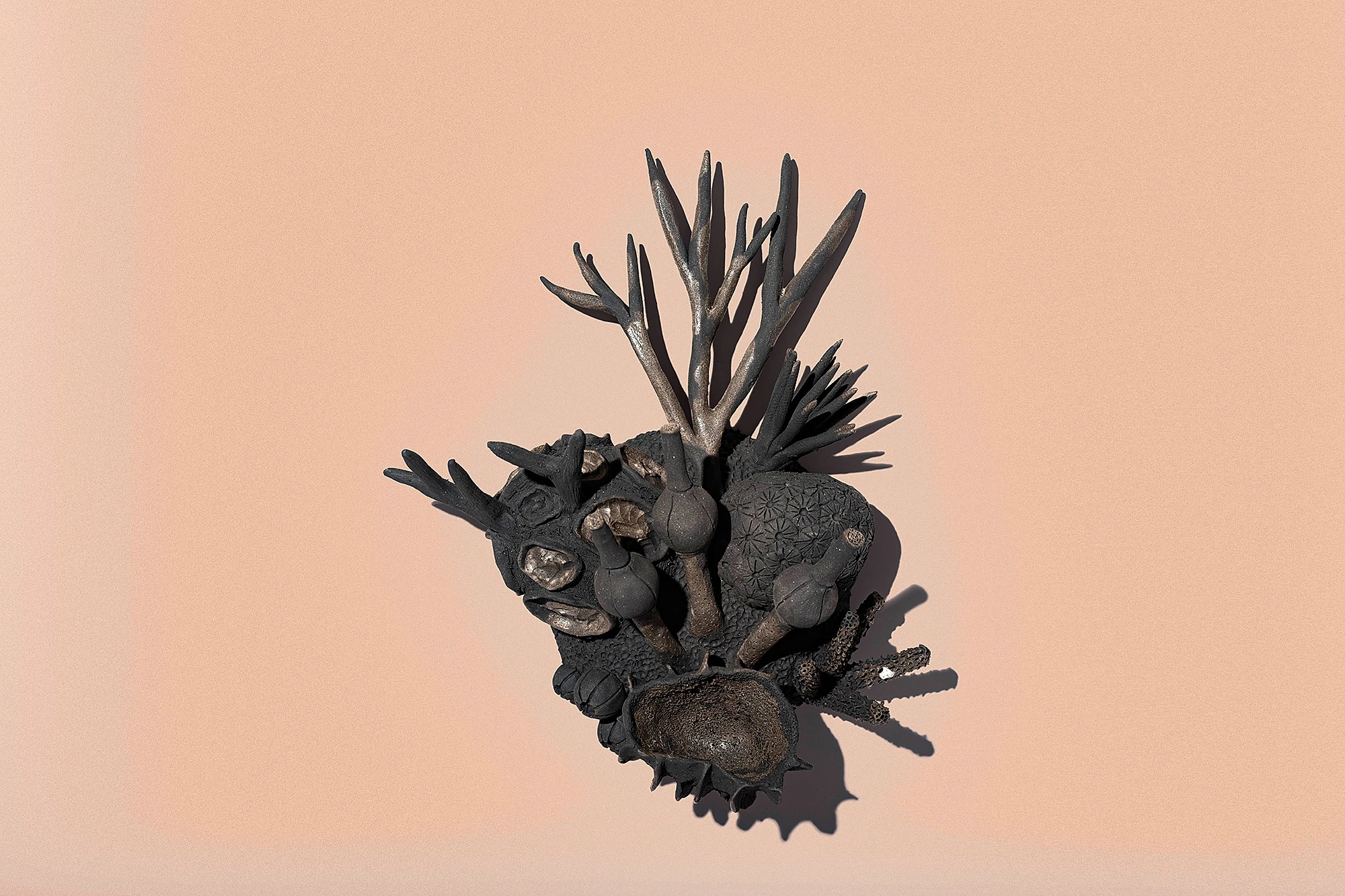
“Vital Organs II,” 2021. Hand-built ceramic sculpture.
Dimensions are: 7″ x 5.5″ x 3.5″
Image courtesy of: Beatriz Chachamovits
Chachamovits lives in Miami and has devoted her career to educating interested parties in the ramifications of the coral-reef decline via her soulful artwork. Coral reefs, in particular, are the artist’s primary subject matter. As one of the most biodiverse ecosystems on earth, coral reefs are home to 25% of all known marine species; yet they make up only 1% of the ocean. With proof that they have been on earth for 500 million years, coral reefs’ importance cannot be underestimated.
Chachamovits’ pieces illustrate the true dangers that confront reefs today which include plastic pollution, ocean acidification, and coral bleaching. She hopes to demonstrate the destructive role humans have in creating and contributing to at-risk marine ecologies. She notes, “Art is a powerful instrument to make others feel something, to make them care. And I’m interested in creating dry dives as a way of showing a veiled ecosystem that most people don’t have access to.”
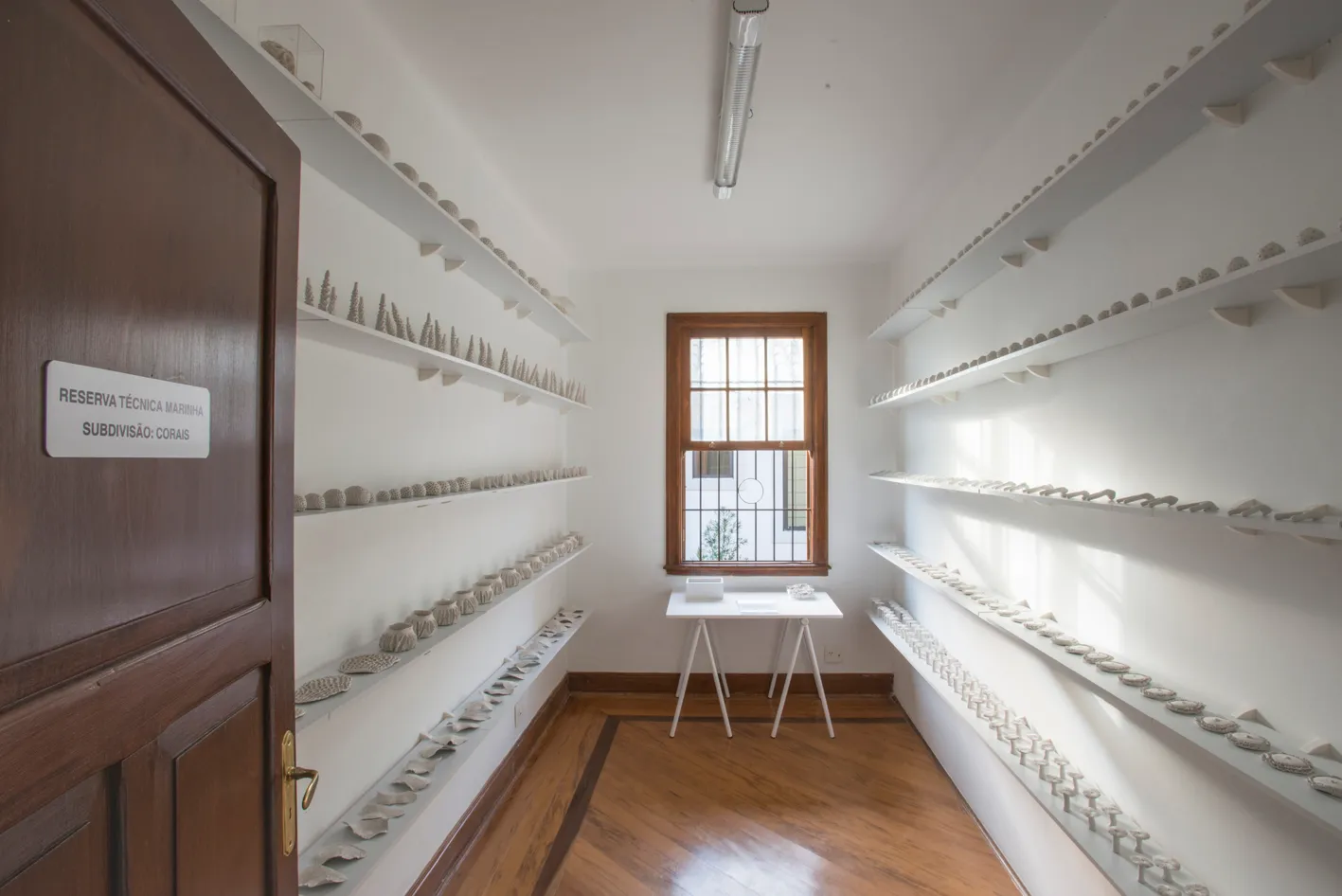
The Visite Decorado Exhibition in São Paulo, Brazil.
Image courtesy of: Vogue
Chachamovits is always astounded that people often think of coral as minerals or plants rather than animals. She explains the “corals are colonial organisms composed of thousands of individual animals called polyps. Tropical corals, which live in shallow waters and make up barrier reefs, have a mutualistic symbiotic relationship with zooxanthellae algae that live on their tissues, providing food, oxygen, and extraordinary bright colors. In return, corals supply the algae with the environment they need to thrive.”
One bi-product of global warming in particular, has been the most devastating… rising water temperatures have vastly stressed corals. The result is that algae create toxins rather than food; and those poisons need to be expelled out of the tissue. The remnant is transparent tissue that reveals calcareous bones. The color loss is what marine scientists call bleaching. Recent studies, Chachamovits notes, have produced results that show “stabilizing water temperatures could reverse some cases of bleaching. But without algae, corals lose their main source of food and oxygen, become susceptible to disease, and eventually die.”
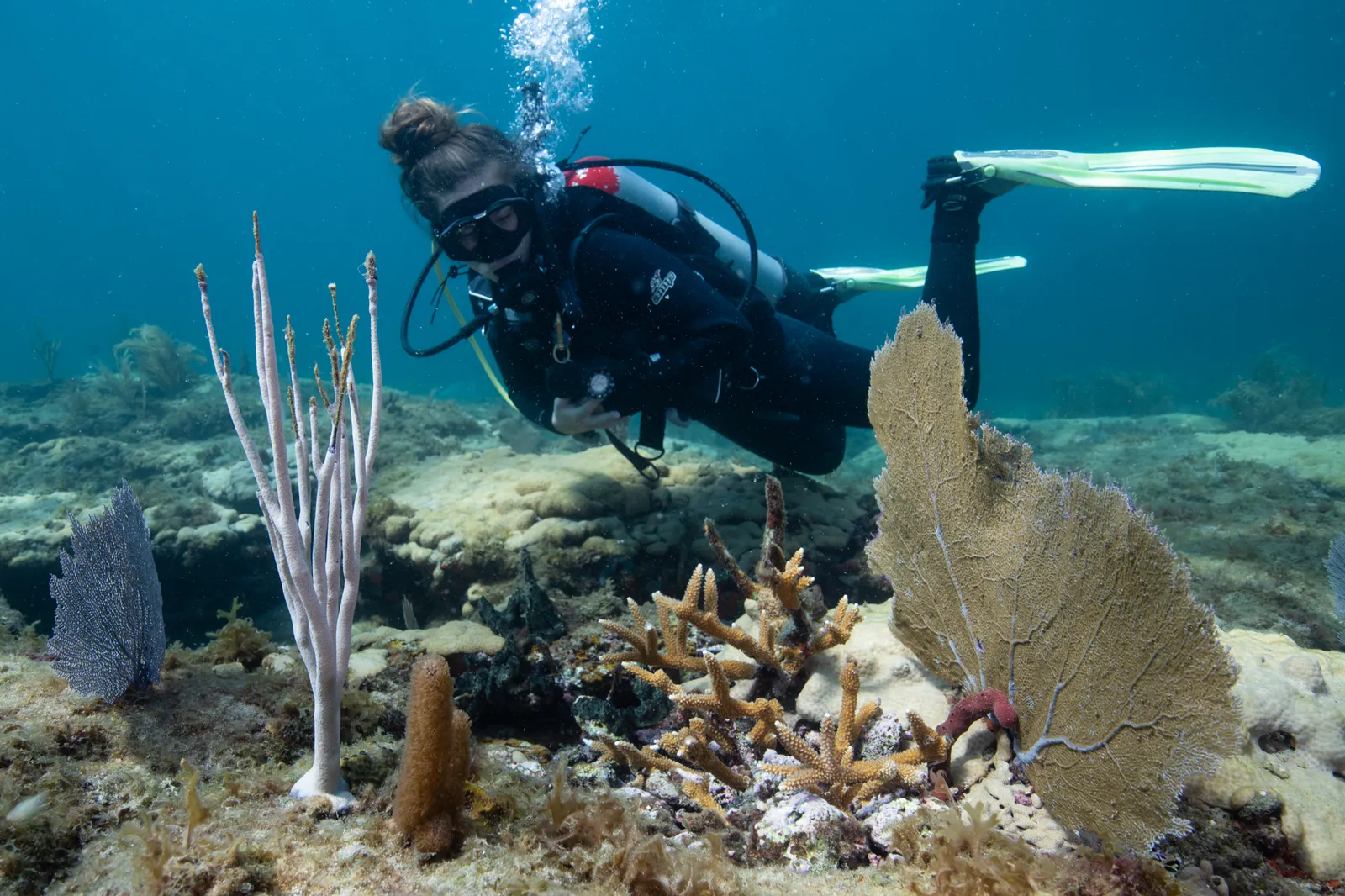
Chachamovits inspecting the ocean’s bottom.
Image courtesy of: Vogue, photographed by: Jennifer Adler
Chachamovits moved to Florida five years ago to be closer to the third-largest barrier reef in the world. This amazing reef is more than 360 miles long; it stretches from Dry Tortugas National Park in Key West to the St. Lucie Inlet in Marin County. One year later in 2019, the artist created her first artificial reef installation for the Underwater Museum of Art in Florida, “To Replenish With Water.”
Previously an unheard of proposition, Chachamovits’ artificial reefs have proven crucial in negating some of the damage caused to natural reefs by tourism. In essence, these functional installations provide new structures for corals to attach to and grow with, “they generate nursing spaces and new homes for reef animals, and help control sea levels in coral depleted areas.”
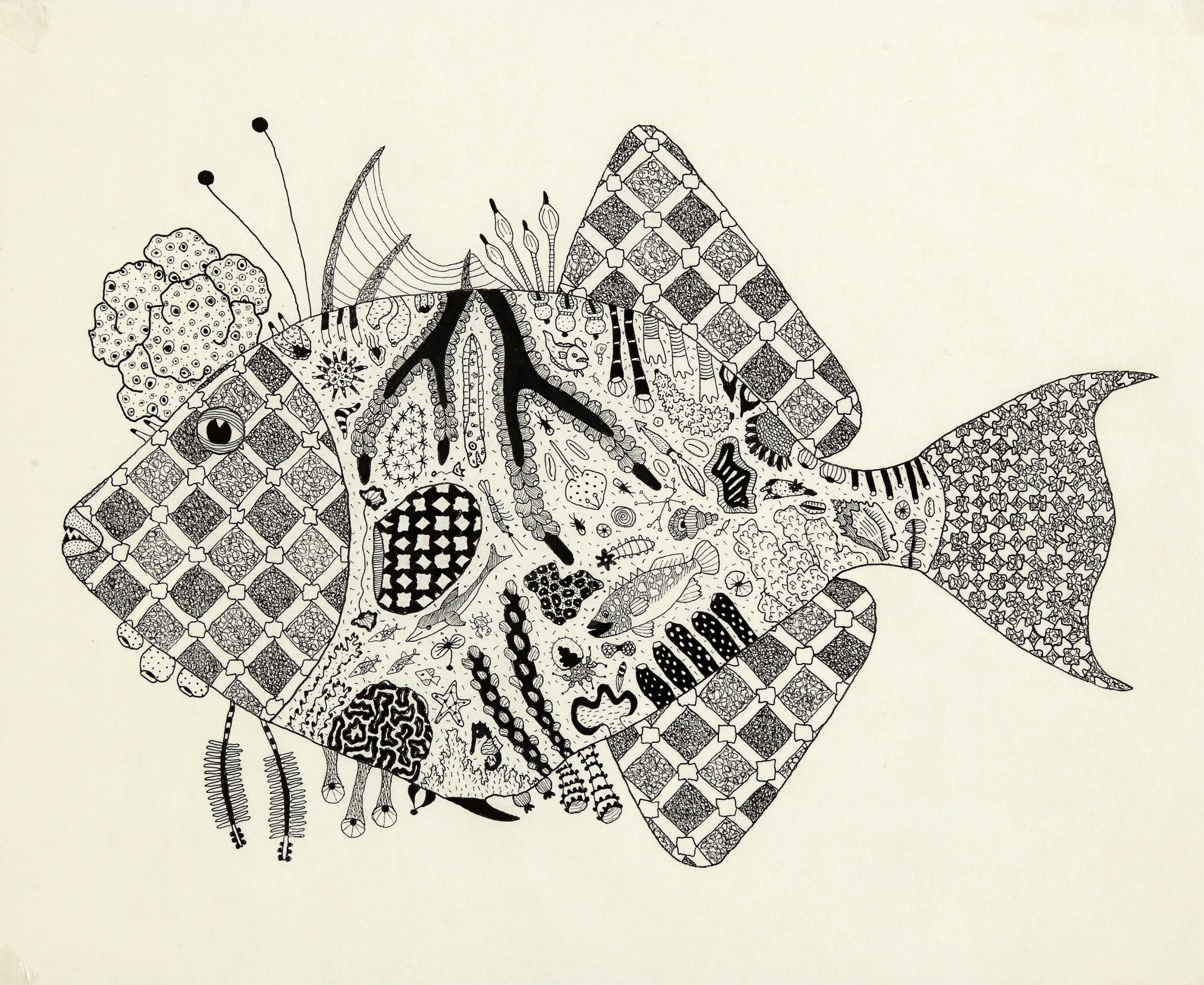
A drawing by Chachamovits.
Image courtesy of: Voyage MIA, photographed by: Ana Moock
Ocean conservation has become a huge issue over the past decade; and we should all be thankful for Chachamovits for addressing the concerns in such a unique manner. As a lifelong educator, she has also taken it upon herself to meet with young students and to show them the beauty of coral reefs and the destruction that has recently occurred. Courtesy of Voyage MIA, “I believe that part of my work as an ocean defender entails inspiring the younger generation to fall in love with and to take active care of our planet’s most fragile ecosystem.” We are thankful!
